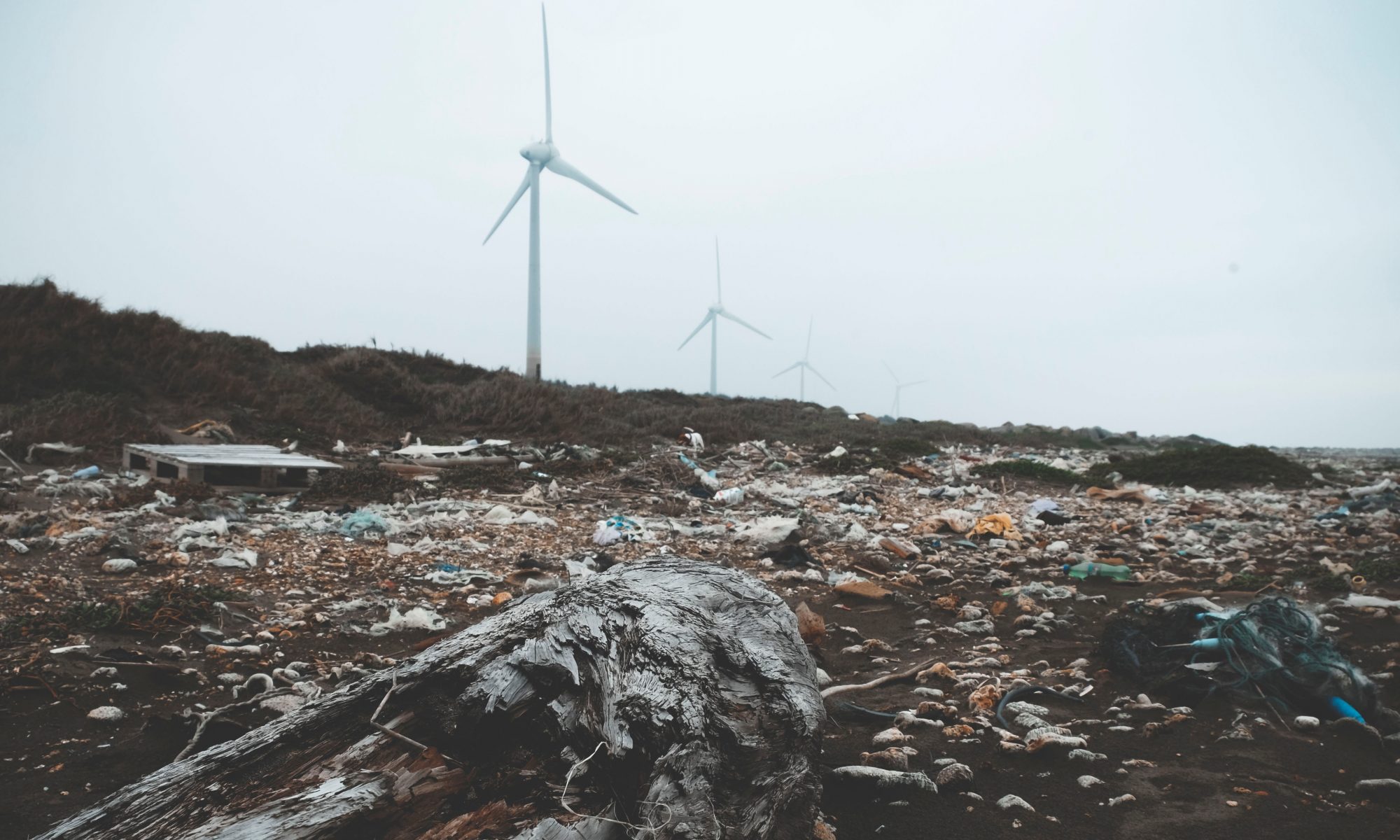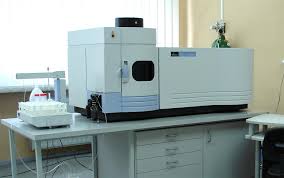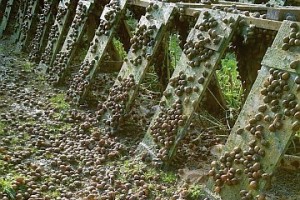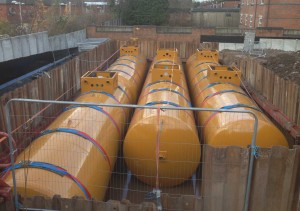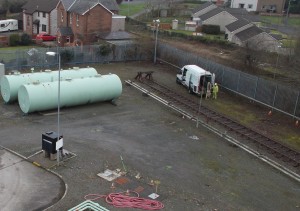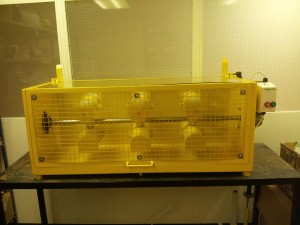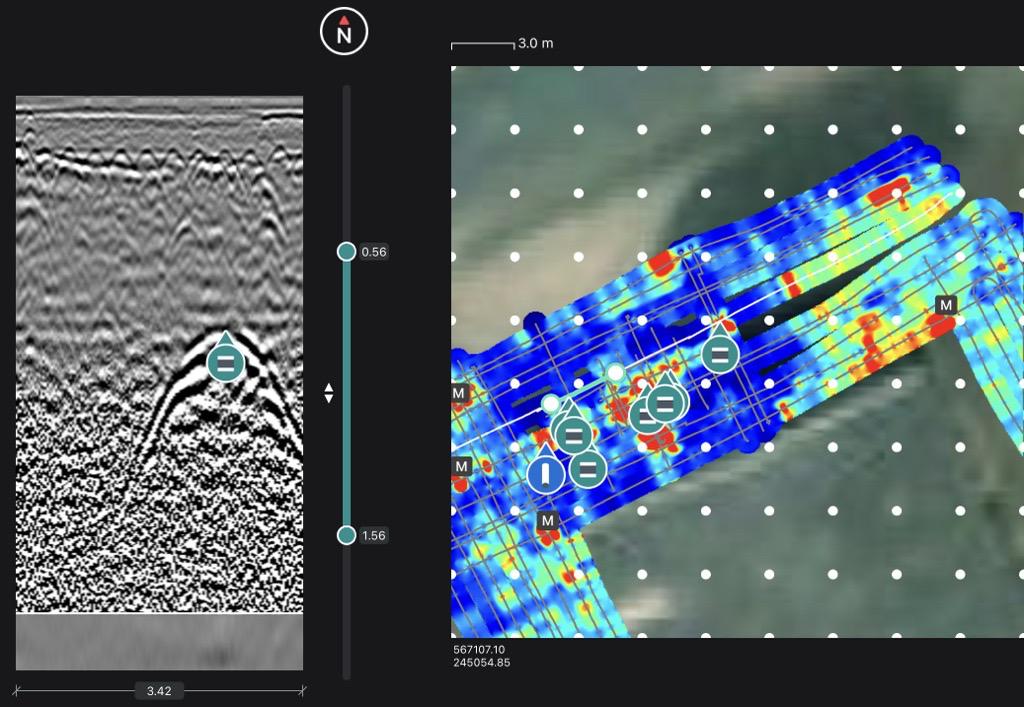
Sometimes it’s easy to spot where contamination is on a site but all too often it lurks hidden beneath the surface. Fortunately we have a wide array of tools for finding the contamination without blowing the budget or digging up the whole site.
We’ve been working at a development site recently where the client knew there might be abandoned underground storage tanks present, but had no idea where they might be. Using ground probing radar (GPR) we were able to accurately locate the tanks. We then drilled boreholes around the tanks and analysed soil samples in our in house UKAS accredited laboratory, to confirm that the tanks had not contaminated the surrounding ground. This integrated approach, using GPR to focus the subsequent intrusive investigation resulted in a considerable cost saving for our client as well as minimising disruption to the site. If you’d like to discuss your site investigation requirements with us please contact James Edley or Steven Partridge.
